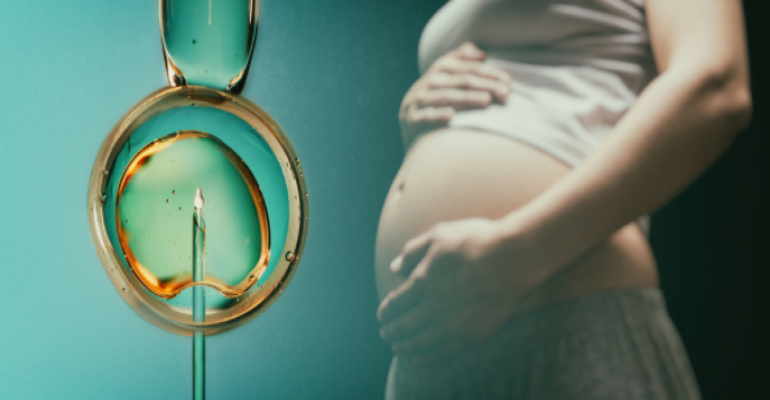
Vaccination
Assisted reproductive techniques are applied to couples who cannot conceive naturally within one year despite having regular unprotected intercourse. The causes of infertility are investigated, and after diagnosis, the most appropriate treatment method is determined for the couple.
One of these techniques is intrauterine insemination (IUI). Sperm cells are prepared in the laboratory, and then high-quality sperm cells are transferred into the uterus using a thin catheter. For insemination to be applied, the woman must have no issues in her fallopian tubes.
It is important that at least one tube is open. Otherwise, in vitro fertilization (IVF) should be considered.
How long does the insemination treatment take?
The insemination treatment is usually completed within approximately 15 days. During this period, the male partner needs to visit the clinic only once, while the female partner must attend multiple times for monitoring.
What is the insemination process like?
First, an ultrasound is performed on the 2nd or 3rd day of the woman’s menstrual cycle to examine the ovaries. If there are no cysts or other health problems, the ovaries are stimulated using injections or medications. The ovarian response is monitored during this period.
Once the follicles reach a certain size, a trigger shot is administered. After that, the prepared sperm is transferred into the uterus. The procedure does not require anesthesia, takes about 15 minutes, and is painless.
After the sperm is injected into the uterus, the patient can rest for 15 minutes and then return to her daily routine. A pregnancy test is performed 12–14 days after the insemination to evaluate the result.
Who is suitable for insemination?
Insemination is not suitable for all infertile couples. Suitability is determined after a medical examination by the doctor.
This method can be applied to men with low sperm count, women with ovulation disorders, couples with unexplained infertility, or in early-stage cyst problems. Depending on the infertility condition, insemination is usually tried up to 3 times before moving to IVF.
What is the success rate of insemination?
The success rate of insemination treatment varies between 10% and 30%. The presence of more than 10 million motile sperm cells in the sample increases the chances of success.
The success rate for each insemination attempt ranges from 10% to 30%. After three attempts, IVF is generally recommended. However, under medical advice, insemination can be tried up to six times. The fertility specialist will provide the most accurate guidance based on the couple’s chances of success.

